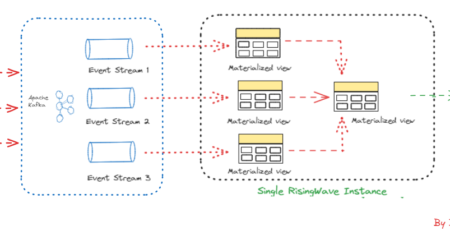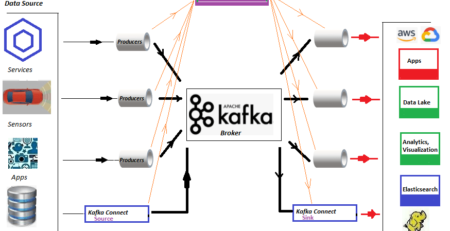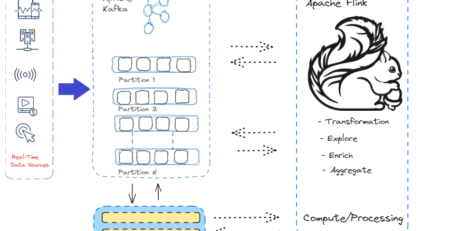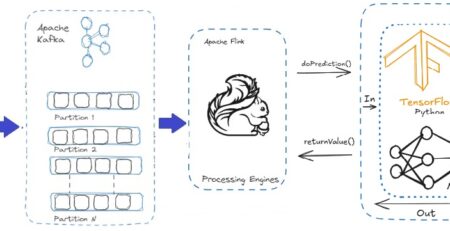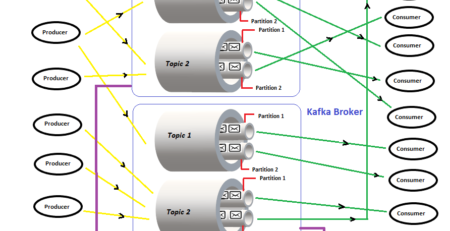Mainframe Applications slowly migrating to Hadoop
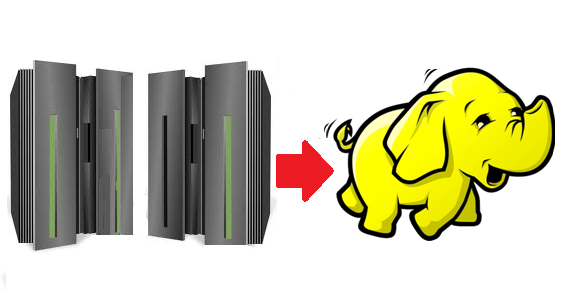 The giant organizations across the globe are using legacy mainframe systems due to it’s scalability, security and reliability of machine’s processing capacity subjected to heavy and large workloads. Of course, these infrastructures desire huge hardware, software and processing capacity. As the technology advancing very rapidly, scarcity of mainframe technicians, developers etc are increasing and it has become a major challenge for those organizations to continue their operations. The maintenance/replacement of these hardware are also another threat due to low production of various parts by different vendors. Besides, performing analytics on mainframes systems is extremely inconvenient and comparing with the latest visualization tools, Graphical User Interfaces (GUIs) are not adequately supported by mainframes systems. Henceforth, many organizations have decided to migrate a portion of or the entire business applications involving batch processing running on mainframe systems to present-day platforms.
The giant organizations across the globe are using legacy mainframe systems due to it’s scalability, security and reliability of machine’s processing capacity subjected to heavy and large workloads. Of course, these infrastructures desire huge hardware, software and processing capacity. As the technology advancing very rapidly, scarcity of mainframe technicians, developers etc are increasing and it has become a major challenge for those organizations to continue their operations. The maintenance/replacement of these hardware are also another threat due to low production of various parts by different vendors. Besides, performing analytics on mainframes systems is extremely inconvenient and comparing with the latest visualization tools, Graphical User Interfaces (GUIs) are not adequately supported by mainframes systems. Henceforth, many organizations have decided to migrate a portion of or the entire business applications involving batch processing running on mainframe systems to present-day platforms.
With the arrival of Big Data technologies into today’s technology market, the mainframes’ maintenance and processing expenses can be reduced by integrating a Hadoop layer or completely off-loading batch processing to Hadoop. Because Hadoop is an open source framework which is cost effective, scalable, and fault tolerant and can be deployed to clusters consisting of commodity hardware.
Offloading Mainframe Applications to Hadoop is now an achievable option because of its flexibility in upgrading the applications, improved short term return on investment (ROI), cost effective data archival and the availability of historical data for querying. Huge volumes of structured and unstructured data plus historical data can be leveraged for analytics instead of restricting it to limited volumes of data in a bid to contain costs. This helps improve the quality of analytics and offers better insights on a variety of parameters to create value.

